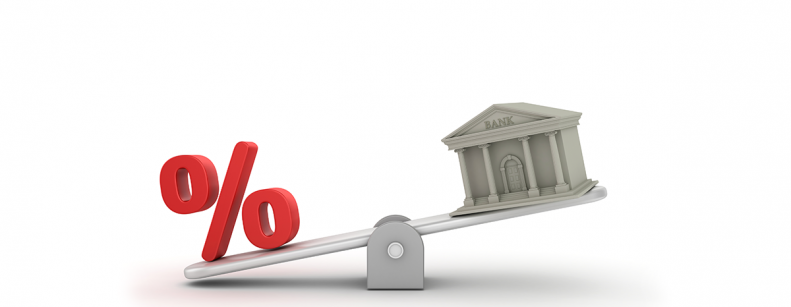
Not many surprises were expected in the December Monetary Policy Report. The maintenance of the rate and changes in the projections were within expectations. However, if there was curiosity to see how the future conduct of monetary policy might change, especially in a context in whichespecially in a context in which the market had changed its estimates in a very short time.
Quite a few clues had already been given in the communiqué of the Monetary Policy Meeting, held the day before the publication of the report. There, quite explicitly, it was stated that. "The Board will maintain the TPM at 11.25% until the state of the macroeconomy indicates that this process (the resolution of the imbalances present in the economy) has been consolidated". But what does this mean?
Over the years that I have been analyzing Central Bank communications, I was used to the fact that the Central Bank always tried to describe its future actions based on inflation behavior, always focused on inflation converging to its target over the policy horizon. All very standard. Therefore, this broadening of criteria leaves the possibilities for the TPM quite a bit more open. Undoubtedly, within these macro within those macro imbalances are price variation, but also the worrisome current account deficit, financial conditions and international trade. Without a normalization of these "fundamental" imbalances, it will be difficult for the Council to signal the start of a downward cycle in the rate.
But it is also a nod to other "imbalances". It is very important that all actors act in concert to normalize inflation, which is a relatively fragile or risky equilibrium. More benzine to spending, in any form, would put the track too complicated for the achievement of the objective, not only in the form of prices, but perhaps in irreparable damage to the welfare of those of us who live in the country.
With this, it seems to us that the Central Bank enters a pay-as-you-go state. And not just wait for one or two more inflation data, but to have a much broader perspective and to have more evidence that adjustments are being made. So, we see it as difficult for that to happen during the first half of next yearWe believe that it will be difficult for this to happen during the first half of next year, considering the periodicity of publication of the figures involved. Given the above, we think that a first movement should occur in July or September.